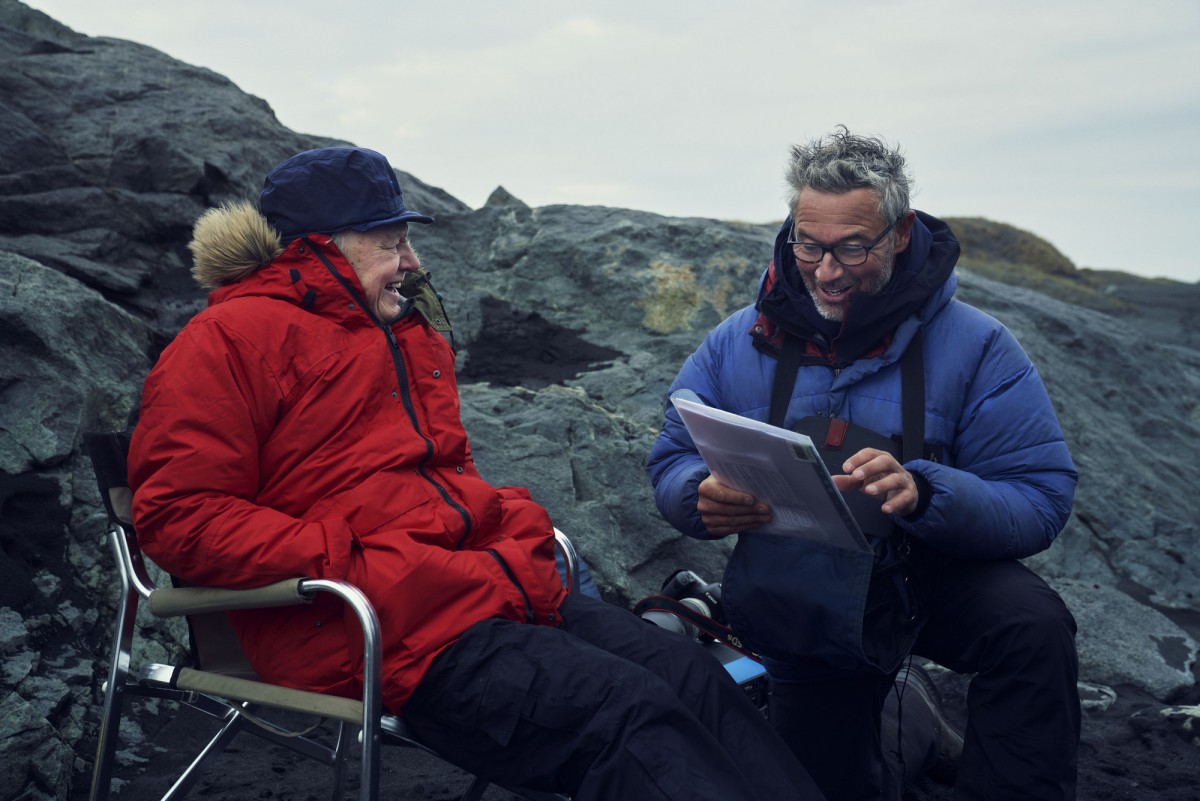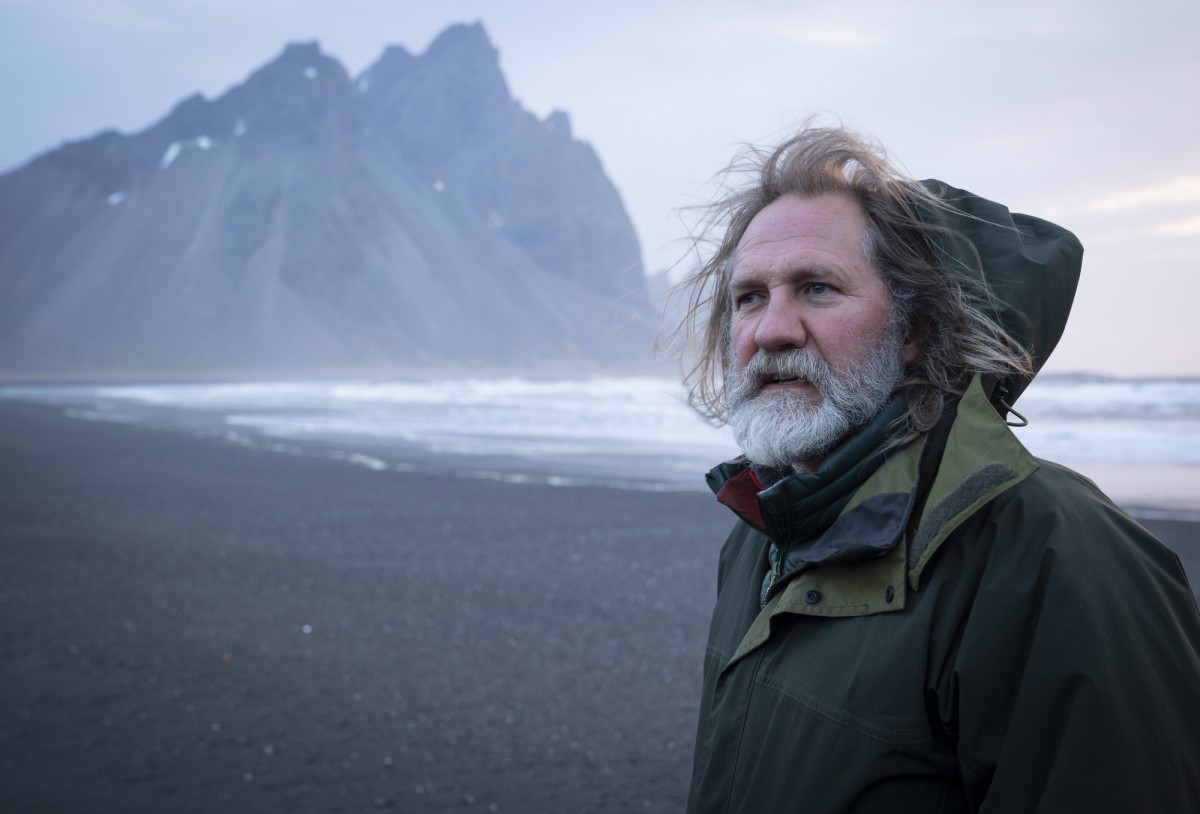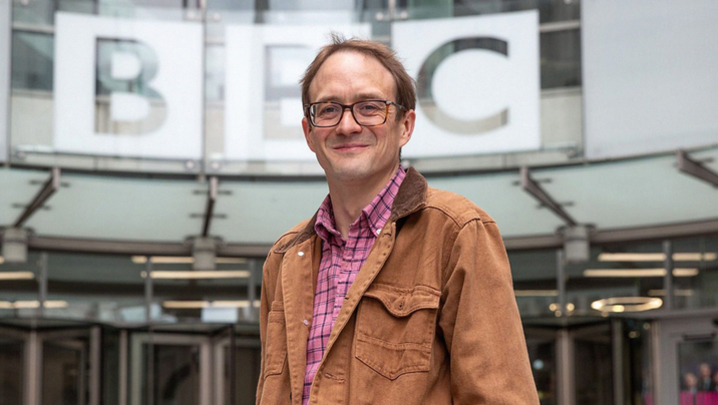Caroline Frost meets some of the producers of the BBC’s latest natural history blockbuster, Seven Worlds, One Planet
From the opening moments of Seven Worlds, One Planet we know that we’re in safe hands. Orchestral strings soar as a deserted, sundappled beach comes into view. Sir David Attenborough strides out across the sand, a big, warm coat the only concession to his 93 years.
With his unique authority, he introduces a montage of images drawn from seven continents to give us hints of the emotion-stirring, jaw-dropping stories to come. It is immediately clear that, once again, both Sir David and the BBC’s Natural History Unit have excelled themselves.
Executive producer Jonny Keeling first worked with Attenborough two decades ago on Life of Mammals and marvels at his colleague’s continuing enthusiasm. “He was extraordinary then, he’s phenomenal now. We took him on two trips for this series, to Iceland for that opening scene, then to Kenya for the summing up. We’d spent a few years going back and forth with clips, and he was getting more and more engaged. He still just wants to make a really good story.”

(Credit: BBC NHU/Alex Board)
Around this broadcasting totem, much else has changed. Keeling is being modest when he explains: “We’re not reinventing anything, you can’t change this kind of television dramatically, but we’ve taken steps and moved it on a bit. We’ve become more sophisticated in how we tell our stories.”
That evolution includes the way that, for the first time, producers have divided the narrative into continents. Keeling believes this helps bring home the planet’s diversity and makes it more personal for viewers (“We all belong to one of them”), but the advances in filming technology are more striking.
Drone cameras have come such a long way in the past decade that they have transformed how producers approach their subjects. “We can fly further, quieter, longer,” explains Keeling. “We’ve been able to take them through a volcano at night, over oceans, through jungles, and get a completely fresh perspective.”
Arguably most revolutionary, though, is the message about the importance of conservation, one that runs throughout the series rather than being tacked on at the end. Just as Blue Planet II brought home the perils of single-use plastics, this series contains powerful stories of climate change, both sad and uplifting.
Whether it’s the triumphant comeback of whales since the international ban on commercial hunting in 1986, or the way that melting glaciers have affected animal behaviour, the message is fully integrated into the narrative, and all the more effective for it.
“You just can’t ignore it any more,” reflects series producer Scott Alexander. “There is an appetite for it now. I think that, if we’d made this film and not included any conservation, we’d have been shot down in flames.”

episodes (Credit: BBC NHU/Claire Arthur)
Emma Napper, one of the team’s producers, who had the formidable task of helming the Australia and Asia episodes, welcomes the chance to engage on the topic with a mainstream audience. “We’ve been talking about conservation for 30 years or more, but now there’s an awareness, people wanting to be told more.
“I think we’ve struggled in the past because TV commissioners don’t want people to feel sad. And if you say a lot of negative things on the same subject, there’s a danger of just creating white noise.
“But this show is about the diversity, beauty and personality of each continent – so, when you do give that conservation message, it’s not just that everything is sad and you should feel mildly guilty, but that, while things are wrong, we can change. We want to empower viewers.”
For Keeling, Attenborough puts it best in the film. “He asks us, ‘The natural world is critical, but every breath we take, every mouthful of food, is dependent on it, so why wouldn’t we take care of it?’ I find that really powerful and important.”
Seven Worlds is a massive enterprise: four years in the making, 1,500 people working across 41 countries on 92 shoots across 1,794 days to create more than 2,200 hours of film. The talents of the BBC’s Natural History Unit were boosted by the deep pockets of co-producers in France, Germany, China and the US.
Keeling explains the careful line he had to walk in “making sure that those producers are happy, but that the British audience gets a quality programme, too”.
For Alexander, the “most important things we wanted were to find new stories. That was the biggest demand we made of all the researchers and producers – as much new stuff as they could get their hands on.”
How does one go and discover new nature? “We rely heavily on the scientific community,” he says. “But it can come from anywhere. I saw a picture of a hamster in a magazine, and I thought, ‘Hamsters are in Europe?’ It was just a moment of curiosity, and that’s ended up in the show.”
After a year in the office spent carving out themes and storylines, planning and making choices about what to leave out, the producers were generally allotted two shows each, depending on logistics. “We try to keep people in the same time zone,” says Alexander, “otherwise, nobody would ever get any sleep.”
For Napper, the Australia gig meant the chance to film lots of animals that weren’t really known, while Asia involved “a third of the land mass of the world, with just 60 minutes to say something sensible”.
Despite the long days, weeks and years spent waiting for an elusive creature to appear and behave according to script, it’s clear that the whole team retains a sense of wonder for all that they have witnessed. And each has a favourite moment that they still hold dear.
Keeling remembers his time in Australia, filming dingoes hunting kangaroos: “It took us two years to find the right place, six weeks with multiple cameras to get the sequence, so that felt like a personal triumph – if not for the poor kangaroo.”

For Alexander, it was the big cats of South America. “The puma is [a] big, beautiful cat, and we had a mother with three cubs. We’d been there many times, but never caught her hunting, and we’d already stayed for six weeks. I rolled the dice, we stayed an extra week and that’s when it happened, as is often the way with nature.”
And Napper holds close to her heart the fact she managed to get on film the golden snub-nosed monkeys native to western China’s snow forests, a breed that Attenborough had been wanting to film since the 1960s but never managed until then.
“It was tricky to get access to them,” she says. “People knew there was something there, but they weren’t sure what – it’s where the story of the yeti came from. They walk on their hind legs and are incredibly striking-looking. The adults are perhaps a bit ugly, but the babies are super cute.”
She adds: “That’s the amazing thing about the natural world. People think we must have run out of stories by now, but we rely heavily on scientists, on research, new behaviours, new locations. And when you find them, it’s hard, hard work, but, my goodness, it’s good if you can find something even David doesn’t know about.”






